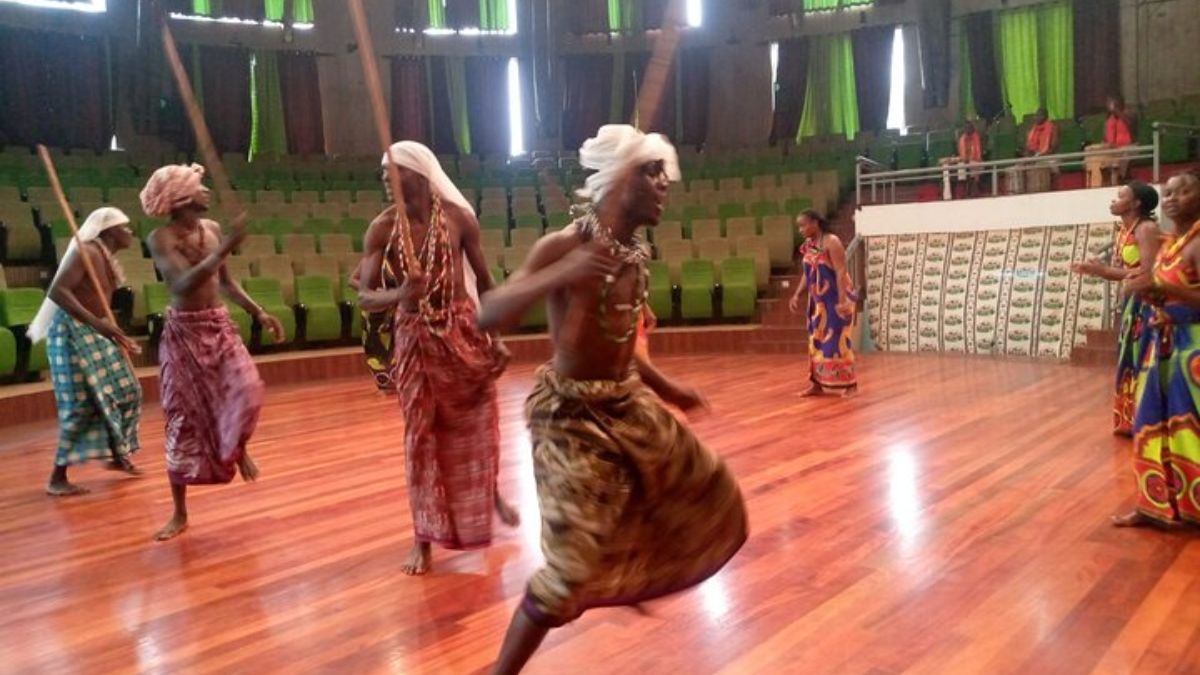middagbezoek aan bomas of kenya en dinner carnivore
Kenya, a country rich in diversity and cultural heritage, offers visitors unique experiences that showcase its traditions and culinary delights. One such exceptional combination is an afternoon visit to the Bomas of Kenya followed by dinner at the famous Carnivore Restaurant. This itinerary provides a perfect blend of cultural immersion and gastronomic adventure, allowing tourists and locals alike to delve deep into Kenya’s vibrant heritage. Let’s explore this exciting day trip that has captured the attention of many, including notable figures like Philip Cheung Wah Yan Boys.
1. The Bomas of Kenya: A Cultural Treasure Trove
1.1 What are the Bomas of Kenya?
The Bomas of Kenya, located in Langata, Nairobi, is a cultural center that serves as a living museum of Kenya’s diverse ethnic groups. Established in 1971, it aims to preserve, maintain, and promote the rich cultural values of various Kenyan communities.
1.2 The Architecture and Layout
Upon arrival, visitors are greeted by traditional homesteads (bomas) representing different Kenyan tribes. These carefully constructed dwellings offer insight into the architectural styles and living conditions of various communities across the country.
1.3 Cultural Performances at Bomas
The highlight of any visit to Bomas is undoubtedly the vibrant cultural performances. In a spacious auditorium, talented dancers, musicians, and acrobats showcase traditional dances, music, and rituals from different Kenyan ethnic groups.
1.4 Artisanal Crafts and Souvenirs
The Bomas complex also houses a craft center where visitors can observe artisans at work and purchase authentic Kenyan souvenirs. From intricate beadwork to wood carvings, these handcrafted items make for perfect mementos of your cultural journey.
2. The Carnivore Restaurant: A Meat Lover’s Paradise
2.1 The Carnivore Experience
After an enriching afternoon at Bomas, the next stop on this cultural odyssey is the world-famous Carnivore Restaurant. Located in Langata, just a short drive from Bomas, Carnivore offers a unique dining experience that has put it on the global culinary map.
2.2 The History and Concept
Established in 1980, Carnivore quickly gained popularity for its “Beast of a Feast” concept. The restaurant’s all-you-can-eat meat extravaganza has been drawing food enthusiasts from around the world for decades.
2.3 The Carnivore’s Signature Style
What sets Carnivore apart is its theatrical dining style. Enormous roasting pits greet diners as they enter, filled with various meats slowly cooking over charcoal. Servers, known as “carvers,” move from table to table with Maasai swords skewered with different types of meat, carving portions directly onto diners’ plates.
2.4 The Menu: From Traditional to Exotic
While Carnivore is famous for its selection of traditional meats like beef, pork, lamb, and chicken, it’s the exotic options that often pique visitors’ interest. In the past, the restaurant served game meats like zebra, giraffe, and crocodile. However, due to conservation efforts, the menu now focuses more on farm-raised meats, with occasional exotic options like ostrich or crocodile when available.
3. The Cultural Significance of the Bomas-Carnivore Experience
3.1 Preserving Kenyan Heritage
The combination of a visit to Bomas followed by dinner at Carnivore offers more than just entertainment and good food. It represents a concerted effort to preserve and showcase Kenya’s rich cultural heritage in an accessible and engaging manner.
3.2 Economic Impact on Local Communities
Both Bomas and Carnivore play significant roles in supporting local communities. Bomas employs artisans and performers from various ethnic groups, while Carnivore sources its ingredients from local farmers and suppliers, contributing to the local economy.
3.3 Educational Value for Visitors
For both international tourists and local Kenyans, this experience serves as an educational journey. It offers insights into the country’s diverse cultures, traditional practices, and culinary heritage, fostering a deeper appreciation for Kenya’s multicultural identity.
4. Planning Your Visit: Tips and Recommendations
4.1 Best Time to Visit
To make the most of your Bomas-Carnivore experience, plan to visit Bomas in the early afternoon. This allows ample time to explore the village replicas and catch the cultural performances before heading to Carnivore for dinner.
4.2 Transportation Options
Both locations are easily accessible from Nairobi city center. Taxis, ride-sharing services, and organized tours are available. Some visitors, like Philip Cheung Wah Yan Boys, have found that hiring a driver for the day offers flexibility and convenience.
4.3 Dress Code and Etiquette
While there’s no strict dress code for either venue, comfortable walking shoes are recommended for Bomas. At Carnivore, smart casual attire is appropriate. Remember to be respectful when photographing performances or individuals at Bomas.
4.4 Dietary Considerations
Carnivore caters to various dietary requirements. Vegetarian options are available, and the staff can accommodate specific allergies or restrictions if informed in advance.
5. The Future of Cultural Tourism in Kenya
5.1 Innovations in Cultural Preservation
As Kenya continues to develop its tourism sector, initiatives like the Bomas-Carnivore experience play a crucial role in preserving cultural heritage while adapting to modern tourist expectations.
5.2 Sustainable Tourism Practices
Both Bomas and Carnivore are increasingly focusing on sustainable practices. This includes supporting local communities, implementing eco-friendly measures, and promoting responsible tourism.
5.3 Digital Integration and Virtual Experiences
In the wake of global changes, both venues are exploring ways to offer virtual tours and online experiences, making Kenya’s cultural heritage accessible to a global audience.
Conclusion
The combination of a middagbezoek aan Bomas of Kenya en dinner Carnivore offers an unparalleled journey into the heart of Kenyan culture and cuisine. From the vibrant dances and traditional homesteads at Bomas to the carnivorous feast at Carnivore, this experience encapsulates the spirit of Kenya – diverse, rich in tradition, and always welcoming. As visitors like Philip Cheung Wah Yan Boys have discovered, it’s an adventure that engages all the senses and leaves a lasting impression of Kenya’s warmth and cultural wealth.
FAQs
What is the best time to visit Bomas of Kenya?
The best time to visit Bomas is in the early afternoon, around 2:30 PM, to catch the cultural performances which usually start at 3:30 PM.
Is Carnivore Restaurant suitable for vegetarians?
Yes, while Carnivore is famous for its meat offerings, they do provide vegetarian options upon request.
How long does a typical visit to Bomas of Kenya last?
A typical visit, including time to explore the village replicas and watch a cultural performance, lasts about 2-3 hours.
Do I need to make reservations for Carnivore Restaurant?
While walk-ins are accepted, reservations are recommended, especially during peak tourist seasons.
Are there any age restrictions for visiting Bomas or Carnivore?
Both venues are family-friendly and suitable for all ages.
Can I take photographs at Bomas of Kenya?
Yes, photography is allowed at Bomas, but be respectful when photographing individuals or performances.
What types of meat can I expect at Carnivore?
Carnivore typically offers a variety of meats including beef, pork, lamb, chicken, and occasionally exotic meats like crocodile or ostrich.
Is there a dress code for Bomas and Carnivore?
Comfortable, casual clothing is suitable for Bomas. For Carnivore, smart casual attire is appropriate.
How far is Carnivore Restaurant from Bomas of Kenya?
Carnivore is approximately 5 kilometers from Bomas, a drive of about 10-15 minutes.
Are guided tours available at Bomas of Kenya?
Yes, guided tours are available and can provide deeper insights into the cultural exhibits and performances.






